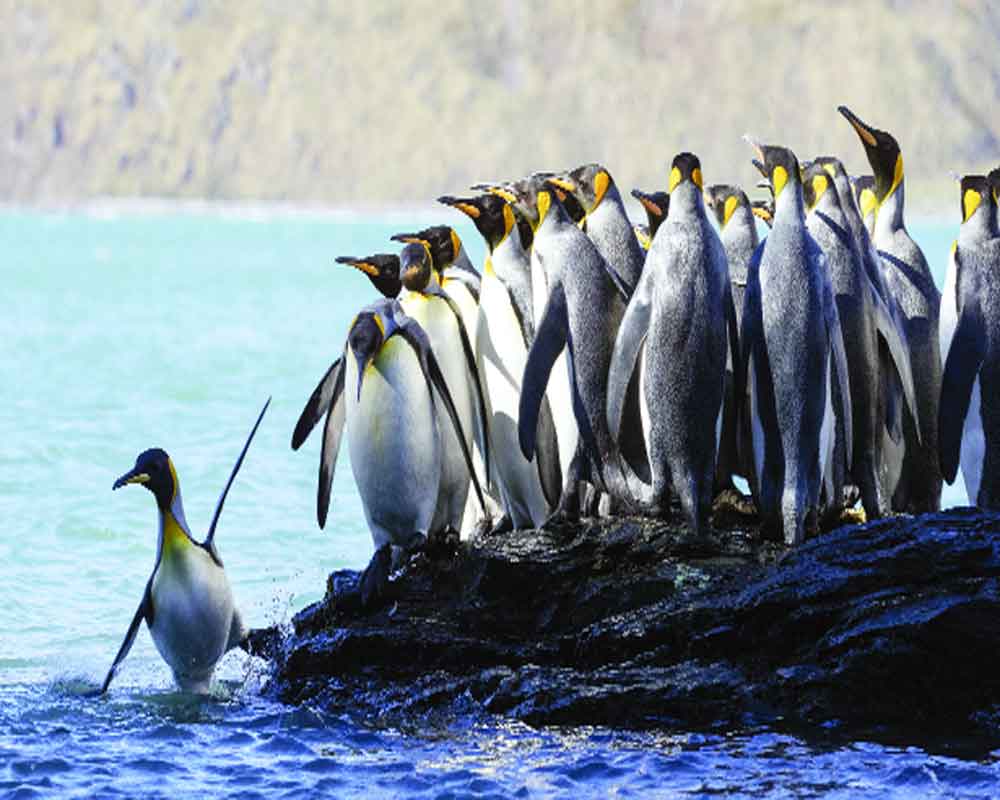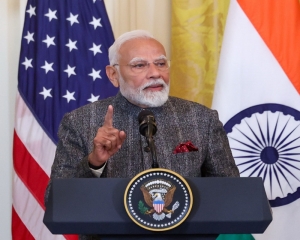Wildlife photographer Vikram Potdar says that the places with civilisations look more or less similar but nature is always different in different parts of the world. By Team Viva
Share with us your insights on witnessing the wildlife across seven continents.
My insight in witnessing the world across seven continents is that if you visit any European city, you will find that the interiors of the city is similar to Helsinki or Berlin or Frankfurt, even Vienna, the inner city has cobblestone streets, Roman Gothic architecture and town halls. And if you go to the newly developed cities, you see glass facade, aluminum composite panel and contemporary styled buildings. But if you visit the flora and fauna, the forest and the countryside, those are unique. So I have found that the places with civilisations look more or less similar. But nature is always different in different parts of the world.
What has been your biggest takeaway from your journey around the world?
I have witnessed and observed habitat loss and melting of ice in polar regions. So the best way to preserve this natural wealth is to leave it alone. If we leave the nature as it is, it will certainly take its own course. That is the best way to preserve the wildlife.
How relevant do you find Sony BBC Earth’s show Seven Worlds, One Planet?
I have earlier highlighted the similarity in urban areas and uniqueness in forests and jungles. So the variety of nature is a binding thread in all the seven worlds, or rather, I would say, wildlife binds all the continents together. This show on Sony BBC Earth aptly named as Seven Worlds, One Planet does justice to the natural wealth, surroundings, flora and fauna around us.
How has climate change affected the natural world around each of the continent?
The climate change has affected natural world quite a lot over the last 40 years, almost 30 to 40 per cent of bird and mammal population is wiped out. It is further going down due to the constant pressure on the habitats and natural resources. So the climate change effects are at an alarming rate.
What drove you to the world of wildlife? Tell us about your very first experience as a wildlife photographer?
Since childhood, I was very much fond of nature. But I seldom took out time to pursue my hobby as I was busy with nature of living, jobs, marriage and settlement. So I never really cared about my passion and what I really wanted to do. I was engrossed in daily chores of life. It was in 2006 when I visited Nagarhole National Park in South India, where I witnessed wild animals — deers, elephants, Indian gaurs for the first time. That’s when I realised that this is my destiny. This is what I wanted to do. And thereby wildlife photography started actually.
Have you watched any shows on Sony BBC Earth? If given an opportunity, would you be interested in being a part of any locally produced show?
I don’t watch television much, but yes if opportunity is given, I would like to be a part of the show.
Can you share any memorable stories from any of the continents? Some anecdotes or incident you remember.
I went to Churchill in Northern Canada, Manitoba province to photograph polar bear mother and cup in the Dane. The temperature was minus 40 degree celsius. As I come from the tropical climate area, it was really difficult for me to stay in such a cold weather. But somehow, I managed by wearing six layers of heavy clothing and two layers of hand gloves. Even photography was quite a challenge there.
What do you think makes for a perfect wildlife shot?
Well, the taste of each photographer varies, but according to me, the best wildlife shot is the one which depicts the habitat. Over the years my signature style of photography has transformed into habitat sort, it means that the animal will be small in the frame. Suppose I’m shooting a tiger in the forest of Tadoba, then maybe 90 per cent of the frame will be the forest and 10 per cent will be tiger. So it will show the habitat of the Tiger. I don’t like shooting tight frames. and portraits of animals which shows nothing but the animal. I like to show the habitat, the animal and the trees of the surrounding. So the best ever wildlife photography image is one depicts habitat and has some story in it.
(Seven Worlds, One Planet premieres on January 20, 9 pm on Sony BBC Earth.)



























